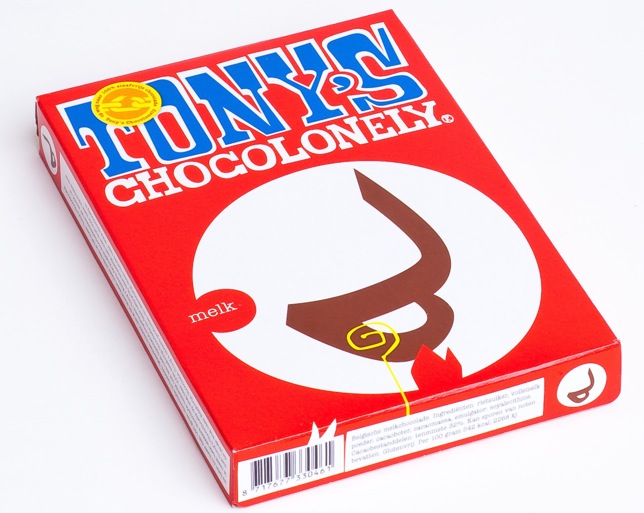
The final of the third edition of the Indian Premier League (IPL) was played last Sunday, bringing to an end over 6 weeks of cricket craze in India. From the very beginning the whole thing seemed like a carnival, closer to Bollywood, with its song and dance routines and celebrity presence, than the genteel- village green image of cricket in England. The razmatazz is essential to the success of the IPL, as it has essentially transformed a hitherto visually unspectacular game, into a spectacle that is accessible to a greater variety of people. It is the richest cricket tournament in the world, as has buttressed the position of Indian cricket, which already controls 70-80% of the games finances.
The league, and it’s founder Lalit Modi, are neck deep in a corruption scandal at the moment. However, the success of the IPL, and the preeminence of India in the sports power and financial structures, reveals a lot about what might be the future of the global sports industry. As with the cricket, non-western states and businesses seem set to be the ones calling the shots in global sports.
Migration has a huge part to play in the success of non-western cricket. I watched the finals of the Intenational T20 championship took place between Sri Lanka and Pakistan at the hallowed Lord’s Cricket Ground in London. Pakistan won that game, and the gentry of St. John’s Wood, the upscale residential district where the ground is located, found themselves aghast at the ensuing celebrations of the fans. And when the Pakistani cricket team was forced to cancel matches in its home country because of security concerns, the Pakistani authorities were happy to move the games to London citing the local support as an opportunity to profit more. The presence of a diaspora ensures support and viewership for any team from the sub-continent. It also means that broadcasters find a ready global market for games with these teams, in turn providing greater profits for the national sides.
However, it is not demographics alone; a substantial lot also depends on the willingness of governments to provide subsidies to sports. In India, or Australia for that matter, the state has been subsidizing cricket for the longest time. And by this I do not mean a certain league or format, but the game of cricket itself, passing laws to make it accessible to free-to-air television (deeming it an issue of ‘national interest’). On the contrary, in England, or the Carribbean nations, cricket authorities actively worked towards taking cricket off free-to-air TV, presumably to make more money from broadcasting rights. However, this hurt the potential market for cricket in these countries, with free to air sports such as football, motor-sports or basketball increasing in popularity.
Lastly, it was the willingness of Asian entrepreneurs to innovate. The format of the IPL is called T20 cricket, where matches might end in 3-4 hours, as opposed to the traditional 5-day long matches. T20, ironically enough, originated in England, in order to increase the popularity of the sport. Puritans in the English cricketing establishment, however, confounded any attempts to popularize the format, deeming it “hit-and-giggle” cricket. Where the English failed, the Indians thrived-creating an immense marketing campaign around T20 cricket, grabbing newer audiences and cashing-in on every advertising opportunity.
We may well see similar processes impacting other global sports. Add to the above factors the huge media markets available in the developing world, as well as high degrees of player mobility bringing in fresh audiences, and you have a game changing scenario. Upcoming leagues in developing countries have the opportunity to tap into already established markets, that would like to see more of local talent, and broadcasting that suits local time-zone and sensibilities.
All this means that there is every possibility that African football, South American Baseball and Chinese Basketball would become more popular than their western counterparts. All they need is an entrepreneur, much like Lalit Modi, to come along and shake things up.






